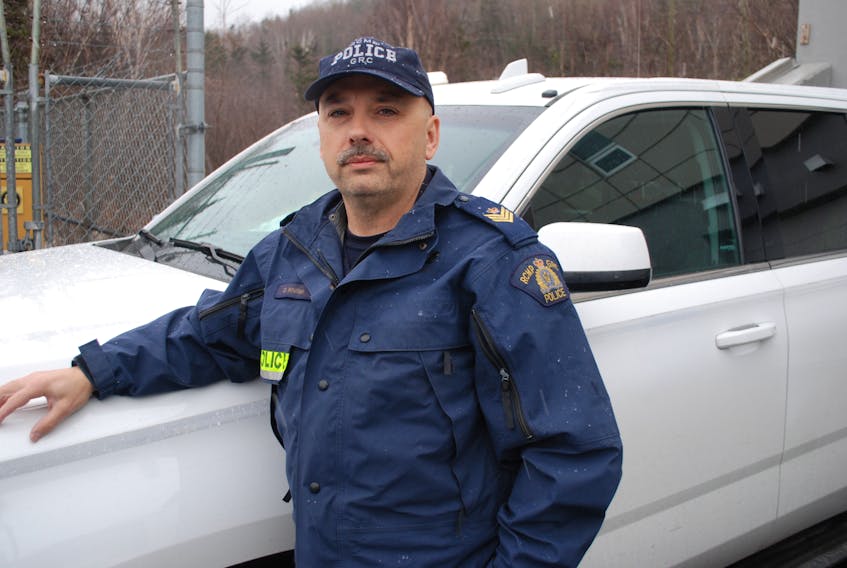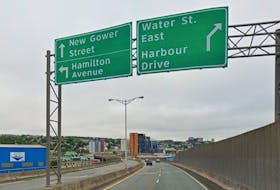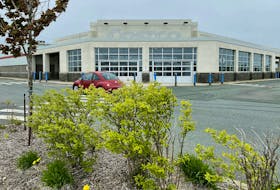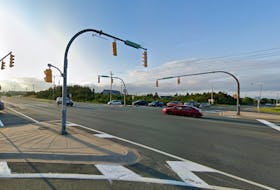
CLARENVILLE, N.L. — RCMP Sgt. Oliver Whiffen of Clarenville knows exactly what happens when vehicles are involved in life-altering or life-ending collisions.
Some days, he wishes he didn’t.
“I’ve seen things I don’t want to see … It would be nice for the public to know what the results are, but I really don’t think they should see what we see," Whiffen says.
“I don’t think they should be exposed to what we’re exposed to. I’ve seen mutilated bodies, decapitated bodies, children, people burned after a crash. I’ve had to go out and pick up pieces of bodies and put them in a bag. People shouldn’t have to see that. That’s all a result of highway collisions. It’s not pretty.”
Over his 17 years as a police officer — 12 as a collision reconstruction program manager with traffic services — Whiffen has responded at a moment’s notice to accidents all over Newfoundland and Labrador.
His job is to investigate crash scene and vehicles, using surveying instruments, photos and even drones to help determine the cause. Taking vehicles at their final resting position, he investigates and submits the results to the local RCMP detachment.
“Every crash we consider a crime scene until we determine it’s not,” said Whiffen.
Police can also access data like when the brakes were deployed and how fast the vehicles were going in the seconds before the collision.
The puzzle of determining the cause of an accident on the roads can often boil down to a litany of factors. Whiffen says while the speed of the vehicle is not always the major cause of a collision, it is a contributing factor which directly affects all other aspects of driving.
“You can’t just go from point A to point B and zone out. It doesn’t work that way.” — RCMP Sgt. Oliver Whiffen
“The thing with speed is, the faster you go, the shorter time you have to react to a problem and the longer it’s going to take your vehicle to stop.”
For example, when travelling at the posted speed limit of 100 kilometres per hour, drivers are moving at about 27-metres per second.
“The faster you go, the more that distance increases. Say it takes you two seconds to react. From the time you see a problem until your brain tells your foot to go to the brake … you’ve travelled 54 metres.”
And that's under prime conditions.
Speed is a contributing factor to a potential accident that exponentially increases when elements like weather, road conditions, distracted driving, moose on the highways and even tire wear, are taken into account.
“We rarely see a crash where speed is the only factor, (but) it can be a contributing factor,” he says.
The awful results of highway accidents shouldn’t have to be experienced by anyone. That's why Whiffen wants to see people drive defensively and be more responsible with their driving.
“You need to get in that vehicle and focus on what you’re doing … Treat driving as a chore.
“You can’t just go from point A to point B and zone out. It doesn’t work that way.”
Read more about our Need for Speed, its risks and consequences
Twitter: @jejparsons









